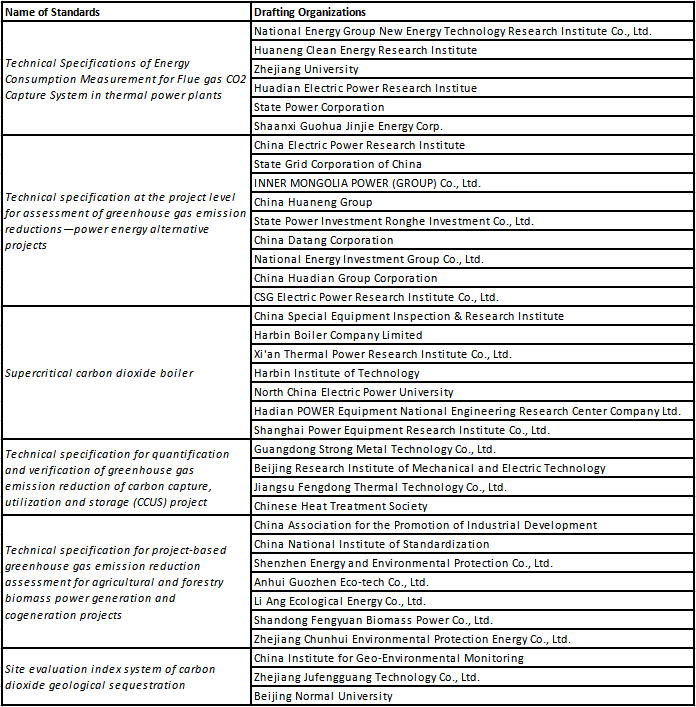On 27 July 2022, the Standardization Administration of China released the 2022 National Standardization Plan on Carbon Peak and Carbon Neutrality (hereinafter referred to as the Plan). The Plan includes 56 national voluntary standards to be developed, 16 to be revised, and 44 standards to be translated into English. This list contains information including the names of the national voluntary standards (to be developed/revised/translated), organizations in charge, organizations for standards drafting, as well as corresponding time schedules.
The Plan primarily consists of standard development and revision in carbon sink areas, such as the Guidelines on Carbon Sink Accounting in Forest Management Projects, and the General Guidelines for Carbon Sink Accounting in Terrestrial Ecosystems. Other developments include further accounting and reporting of GHG emissions in industries including the wood processing industry, aluminum smelting, coal production, steel production, etc.
To further support China’s goal of achieving carbon peak and carbon neutrality, the standardization in accounting and reporting of GHG emissions provides useful tools for enterprises to either evaluate or reduce their emissions. For governmental authorities, the standardization of accounting and reporting allows them to get a clearer picture of the status quo in terms of carbon emission and space for reduction. In short, the standardization list is a big step for China in achieving its goal of carbon peak and carbon neutrality by 2030 and 2060.
The organizations working on standard developments include power and energy state-owned enterprises, as well as several universities and research centers. The following is a part of the list of standards programs and their drafting organizations:





